Balancing Act
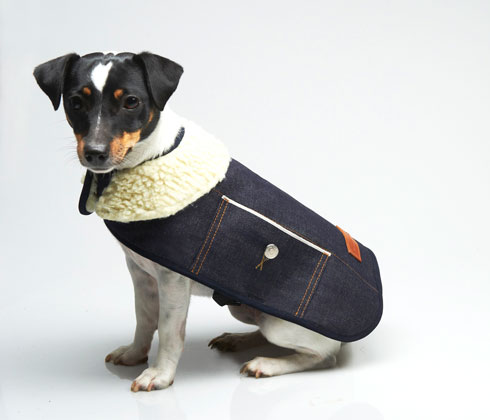
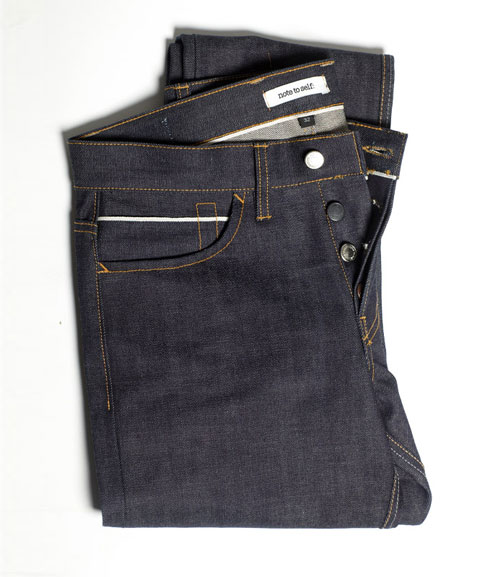
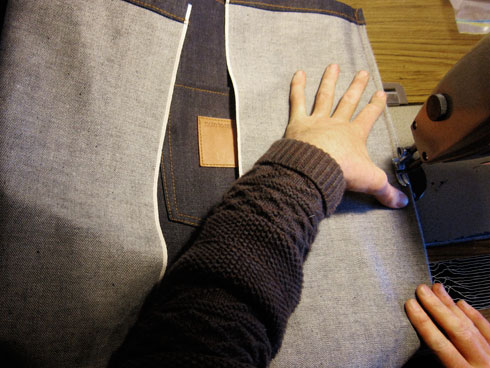
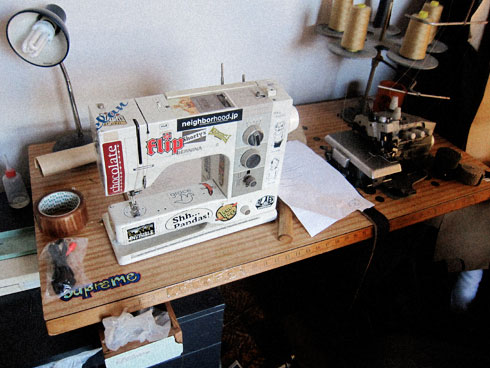
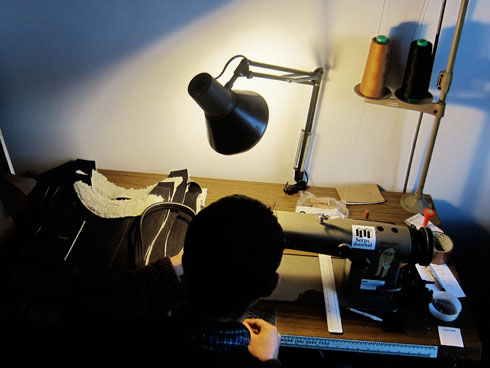
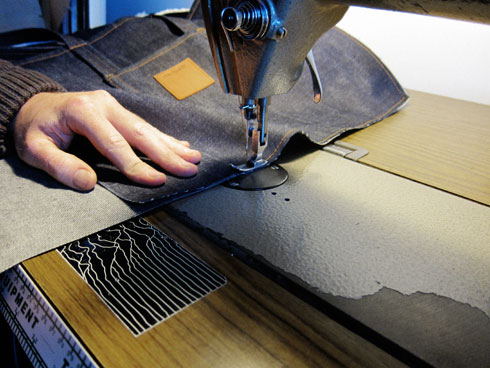
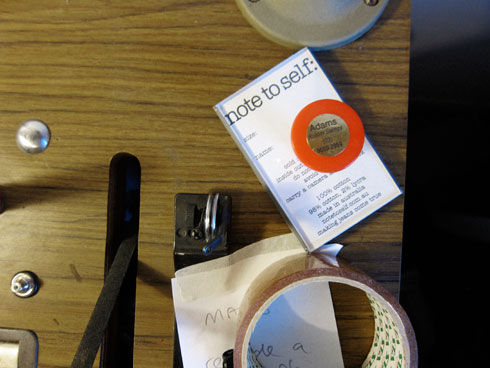
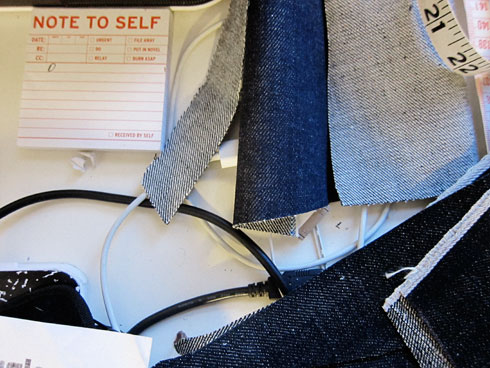
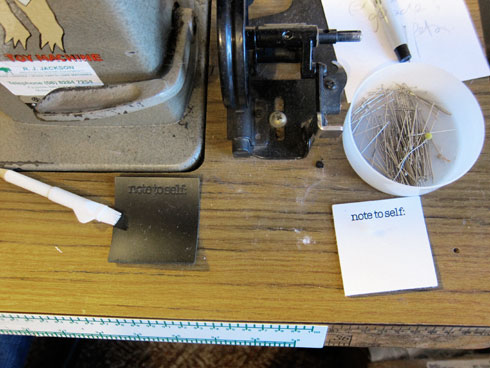 Text: Sunday Ganim Images: Sunday Ganim & Note To Self
Text: Sunday Ganim Images: Sunday Ganim & Note To Self
Max Olijnyk is a man of many talents. He can skate, sew, write and photograph – an incredibly humble guy, and known to be pretty funny. Sunday Ganim sat down with Max recently and, over tea and snacks, they discussed the origins of his creative endeavours, the projects he currently has on the go and how a serious accident a few years ago helped him to achieve a balance between them all.
Sunday Ganim: You make things across many disciplines but I guess I just wanted to start at the beginning. Where did you grow up?
Max Olijnyk: I grew up in country South Australia, in a little town called Rendelsham. It is tiny, 80 people live there, there are no shops, no nothing really – the nearest town is a place called Millicent where my dad was the headmaster of the high school.
SG: Really? Being a small town, you must have gone to that high school, right?
MO: It’s funny – the thing was, before being noticed as the headmaster’s son, I was also the ‘skateboard guy,’ so the people in Millicent already thought that I was from another planet.
SG: I was going to ask you about skateboarding. It seems to have played a huge part in your life, how did you get into it?
MO: I don’t know how I found it. I think I found a skateboard magazine and I became completely obsessed with it when I was about 12-years-old – that was everything for me, I learnt about rap music and punk music and clothes and attitude to everything, it was like one of those portals into another world. I became obsessed with it.
SG: Were you the only kid skating in your little town?
MO: I was the only one. The people in town thought that I was the best in Australia or something, which I couldn’t believe as I was so in awe of the American skaters and I couldn’t even kickflip properly. To me, skateboarding was so amazing and it was so hard that I just practiced everyday.
SG: So did your obsession with skateboarding get you interested in clothing, too?
MO: Yeah, I wanted to look a certain way, emulate the styles that I was seeing in skate mags and videos. The thing is, if I had the money to just buy those clothes then I would have. I showed my mum a skate video one day and told her I really wanted pants from the video and she said, ‘well, you could make them.’ So we went to the fabric store and she helped me with the first pair.
SG: Was she a sewing person?
MO: She was just like how your mum is. She knows how to make stuff. We made the first pair and they turned out really well.
SG: You have a good eye for detail. Is that something that she taught you or you just picked up along the way?
MO: On the weekends I would skate with my friends in Mt Gambier, but during the week I had nothing else to do so I made clothes and zines and videos. I was always good at writing and knowing when something looked right. I think for me it was maybe a mix of having some sort of natural talent and then combining that with skateboarding culture, which is so particular. You can get a real sense of who a person is through the way they skate, or the details of how they put themselves together.
SG: Tell me about Note To Self, your denim label. What’s your process?
MO: I make all the samples myself and come up with stuff in the studio. Then the production sets get made here in Melbourne and I work with the factory getting all the details right.
SG: But the denim you use comes from Japan – how did this come about?
MO: When I was developing Note to Self, I’d just get my denim from Bradmill in Footscray. It was great, you could just go there and get ends of rolls and off-cuts really cheap. Then the local distribution part of that business died down around 2006.
I remember showing a friend my jeans and she suggested I go to Japan and learn about their making processes. It was really good advice, but I couldn’t afford to do that, so instead I started looking into Japanese mills and the way that they do their denim. They still have the really old machines and do it all in the traditional way and they get a really nice product. I contacted a mill and managed to put in an order for 200 metres of denim, thinking I was some kind of big shot, and she replied that their minimums were 4,000 metres! But luckily they liked what I was doing and supplied me anyway.
SG: My brother-in-law has a pair of your jeans from a few years ago and they seem to have stood the test of time. Is quality something you strive for?
MO: Yeah. Well, I think that it’s mainly the material, the Japanese denim I use – it’s a lot more hardy and gets better with time rather than a cheaper product.
SG: Do you make other things, apart from jeans?
MO: I have just done a line of chino pants ‘by appointment’ to a skate brand called Passport. I met Trent through skateboarding in Brisbane, but he is doing the label out of Sydney now. We started talking about doing something together and decided that chinos would be a good one because they are good to skate in. It’s hard to make them in Australia because most of the machinery has gone offshore now and even if you did get them made here, they would be way too expensive to be competitive. We are coming in at the tail end of that local industry, even ten years ago you could drive around and get things made in Melbourne but it’s all changed now. I like being able to just drive to the factory and change over a button or move a stitch line five millimetres over. Now, you just sign off on this thing and hope that it comes back good. Luckily, the chinos did!
SG: What other denim projects do you have on the go?
MO: At the moment I am doing some dog coats – it’s Note to Self ‘by appointment’ to a brand called Best In Park. I have been making them in different sizes in the studio, and our dog Tess is the model in the photo shoot. There are some new jeans being made for Note to Self and I am also working on something for an exhibition at Mr Kitly called Denim. Dell Stewart organised a bunch of people to all make stuff with denim and I am making a pair of custom jeans for Woody Allen!
SG: Really, do you know his size?
MO: Well, I Googled him and looked into how big he is and he is five foot five and pretty slender so I figured it out. But I really love his films, his old films especially.
SG: You seem to be a really curious guy. I remember you interviewed me a long time ago and you emailed through so many questions – does this curiosity of yours lead you to be constantly documenting things?
MO: Possibly, I think so. I am interested in stuff that I like. And when you get a good sense of something, you want to find out more about it. I was the guy in my group growing up skating who was always taking photos and filming everything. I commented to my friend a few years ago that I was a bit tired of making custom jeans for people and he said, “Max, that is what you do, you are the jeans guy!” I got a bit offended and I remember thinking, damn, I do other things!
SG: It’s true: you have your fingers in many different pies, which brings us to photography…
MO: I like photography, you know, I would like to be a photographer, but my approach is way less serious than, say, my friends Conor (O’Brien) or Andrew Long. I guess it’s more the part that comes after taking the photo, like grouping them together and making a book or having a show, that I have never really got my head around. But when I take a photo it’s not like I am randomly snapping, I am thinking and when it all comes together at the right moment and you take your shot it’s really nice.
SG: It seems really personal to me, the way you document and put your blog together, it is all very experience driven and coming from a very personal place.
MO: Penny Modra, who I used to work with at ThreeThousand, always says: “Tell the truth”. And I think that should apply to everything, you know, why lie? It has to be true, it has to be honest. It sounds like I am talking about being non-pretentious, but it’s more than that, it’s getting to the point where everything feels the right way. I find that when I read a book that I really like or looking at a piece of art or eating really good food or whatever, it has that same feeling. You feel it as you are reading it, or looking at it or eating it.
SG: I have a theory about art and generally making stuff, which is that every time I get it right and all the elements line up and sync together you get a certain feeling. For me it’s in my stomach. Do you get the same feeling from skating as you do from making a pair of pants or photographing something well?
MO: Yeah, that is a really good example of why I do all the different stuff I do, that feeling. When I started skating I was never that good at it, I mean I am alright now, because I have been doing it for almost 20 years. It’s almost more rewarding when you’re not a natural at something and you pull it off, it’s a synthesis of everything all coming together at the one time. It’s the same with making a picture or a drawing – when you get it right, it’s so satisfying.
SG: In November 2008 you were airlifted to the Alfred hospital after colliding with a van on your skateboard at the bottom of a steep hill in Rye, Victoria.
MO: It was full on. I think that accident was a terrible thing to happen, but in a way it was also really good. It didn’t completely change everything, but for me to take something positive out of it, it did accelerate me to do the things I wanted to do. Custom jeans gave me a headache and just felt like not-fun work, plus it didn’t make any money, so I back-peddled on that after the accident and got into my writing more.
SG: So where is the focus for the future, in the denim or in the writing?
MO: I work four days a week writing listings for The Age newspaper, plus contributing to ThreeThousand and a few other things, so that’s how I pay the rent. Then on the weekends and my day off, I work away at Note to Self. I always wanted to be a writer, but at the same time it has always been my dream to have a label and do that full time. I would like to have a balance between the two, I guess.
SG: To me you seem to have nailed that nice balance! You’ve got the solitary time involved in making the denim and your writing, but also the social time of interviewing people and documenting your life. Does one benefit the other?
MO: I don’t really consciously do it but I guess, over the years, when one is out of wack I try to fix it. Recently, things are in a good place and instead of being stressed out about things, I can enjoy my time in the studio. That said, I am pretty social person, so if I was by myself all the time I would probably go crazy!
Note To Self
Next story: Unslayable – Little Dragon



